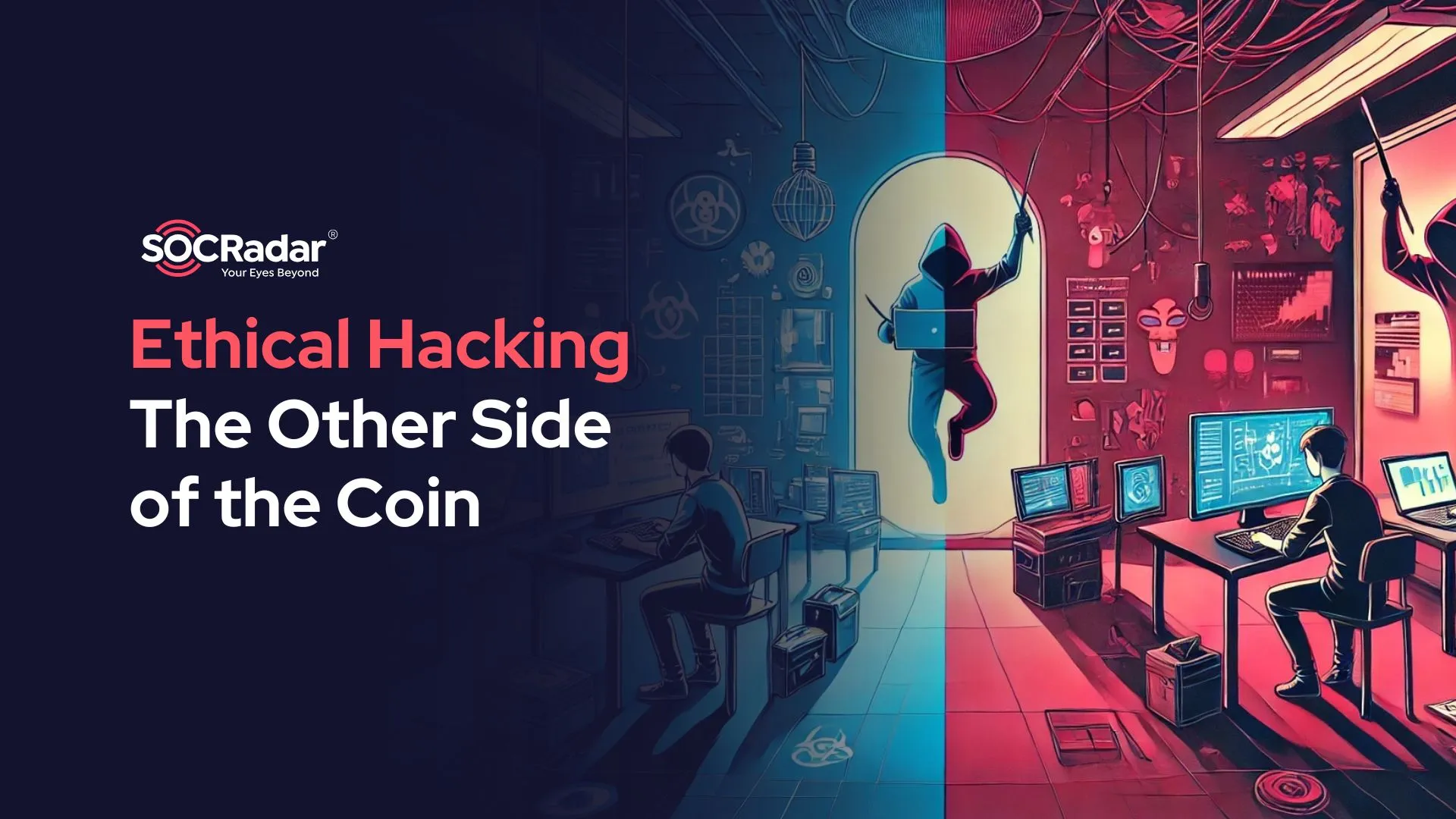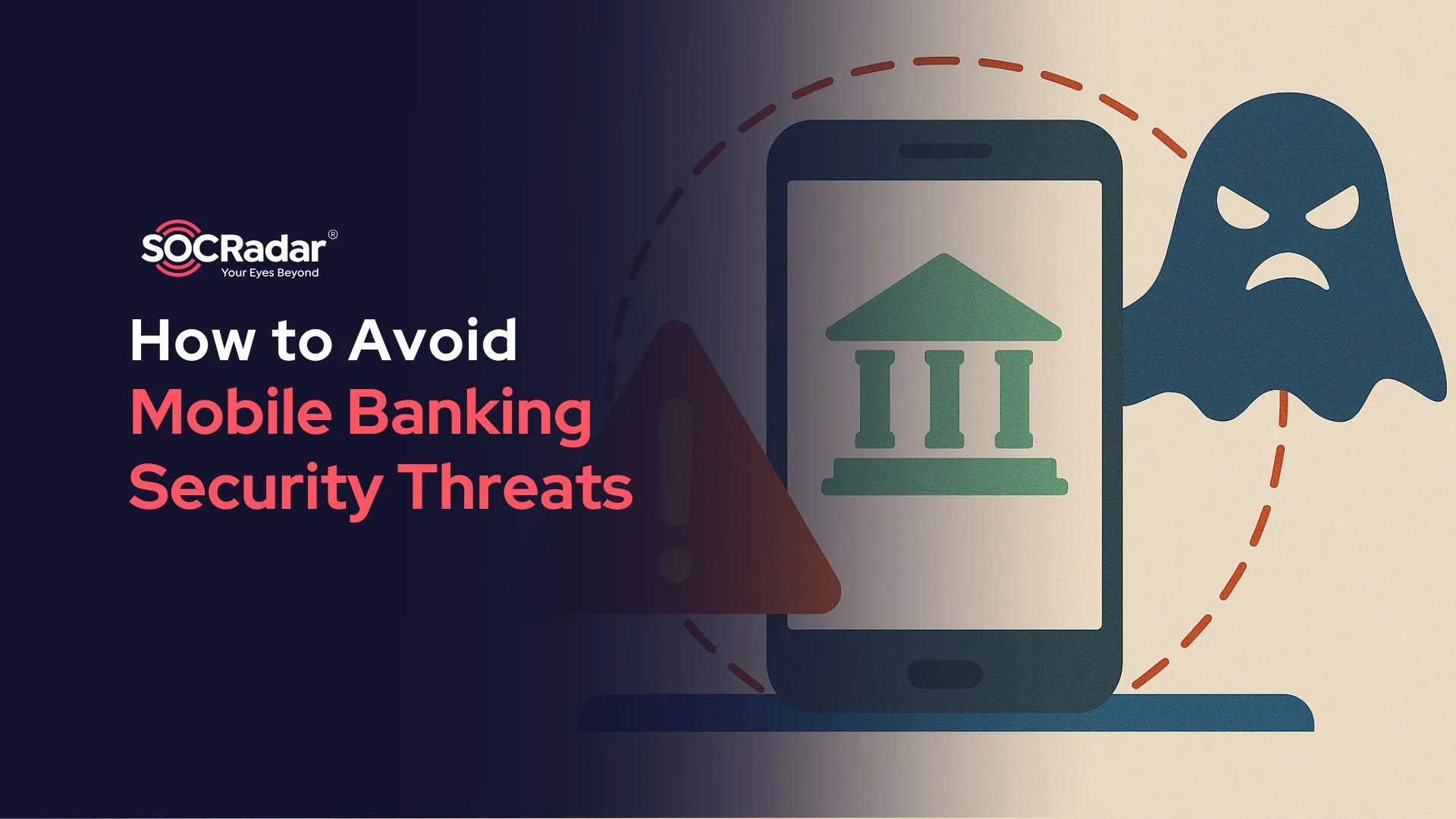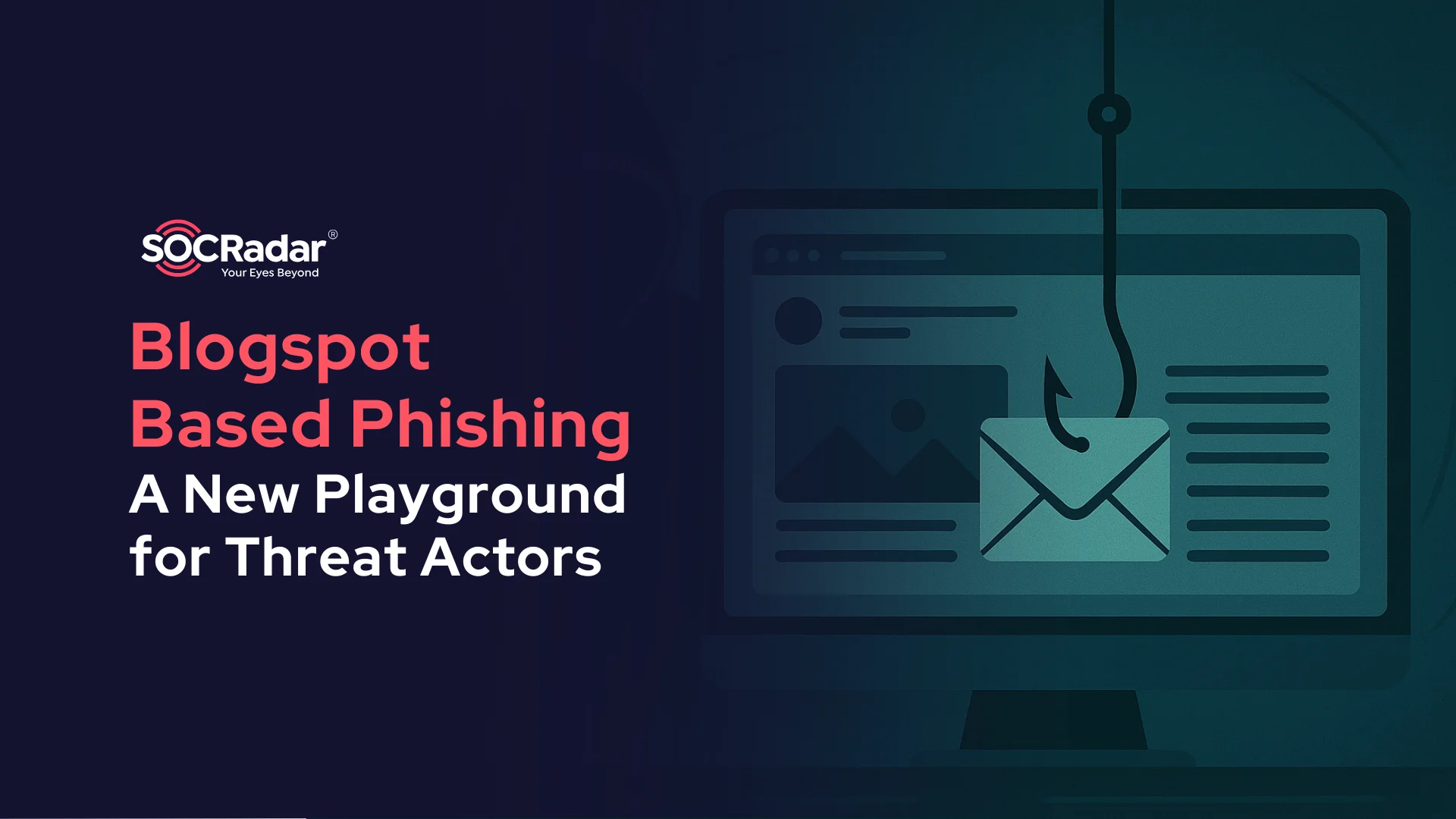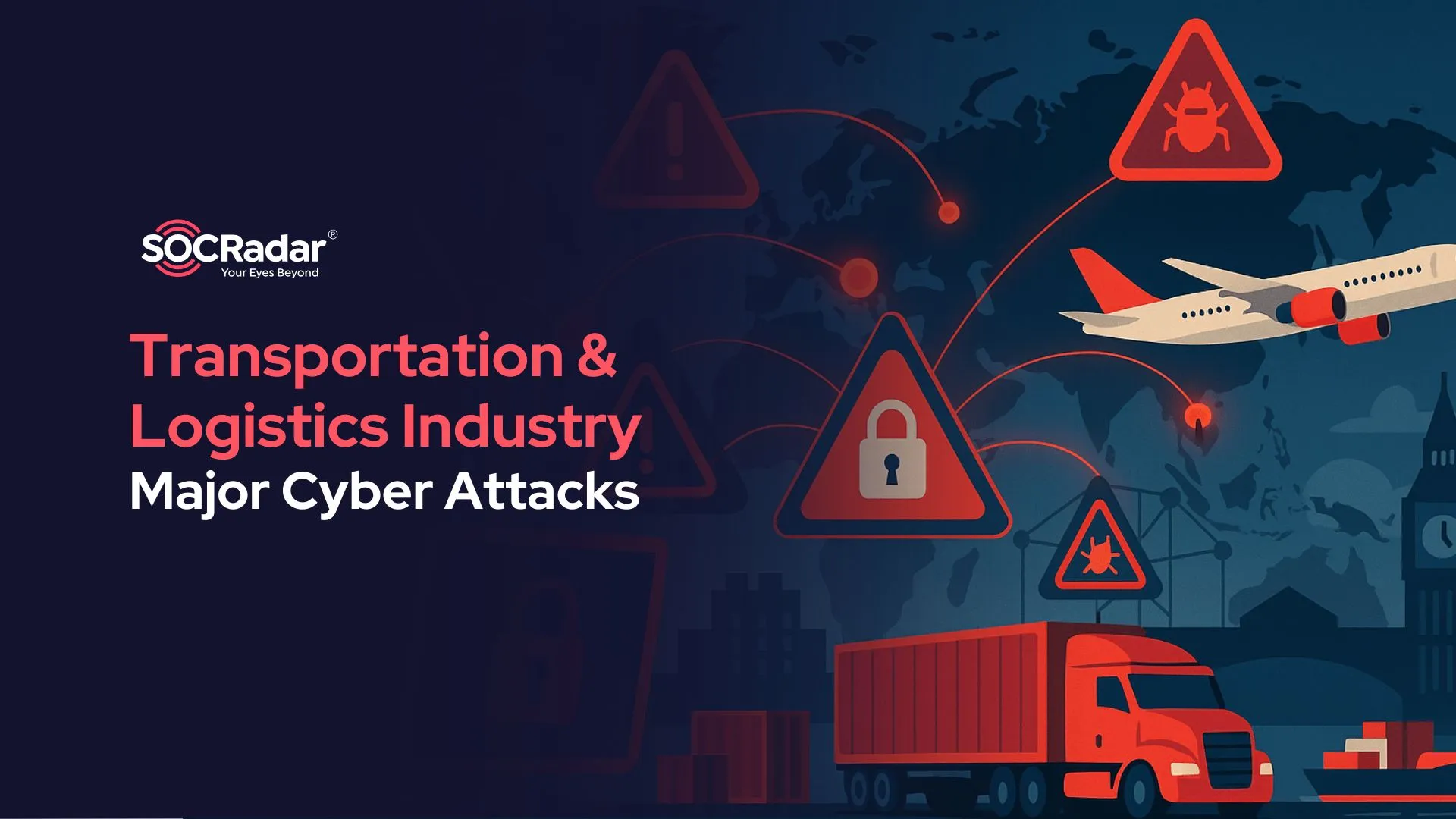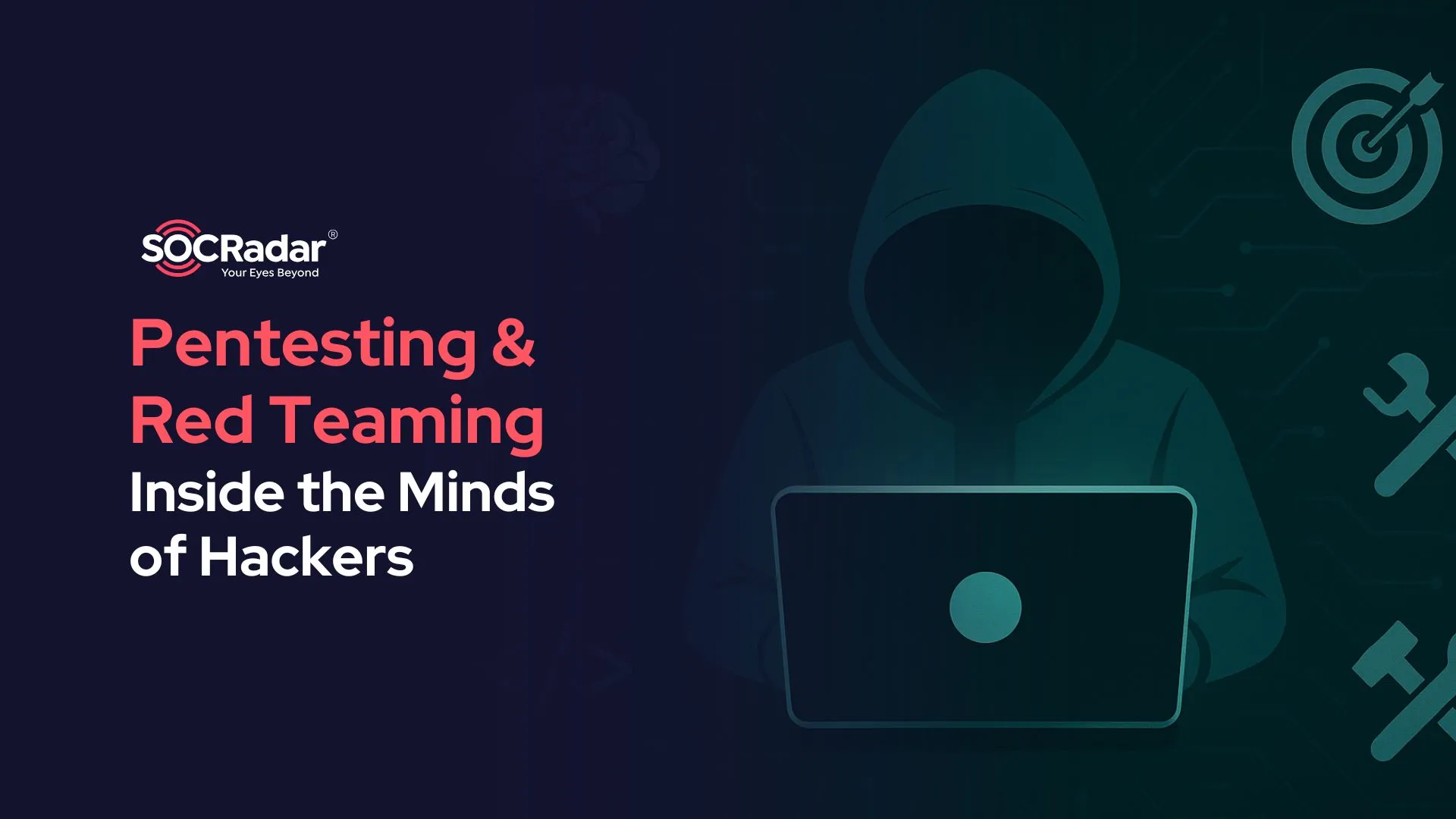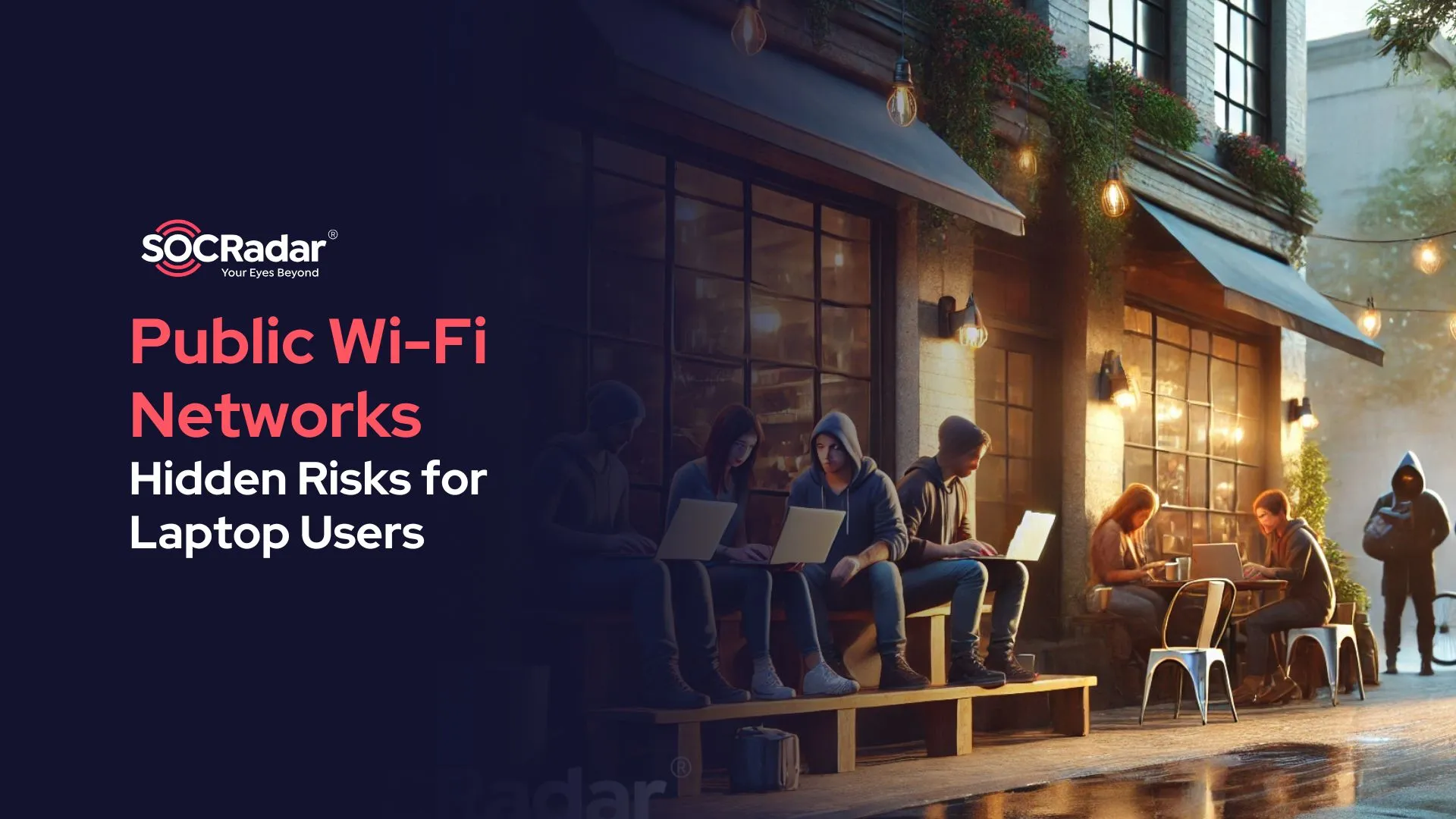
The Hidden Risks of Public Wi-Fi Networks: A Guide for Laptop Users
Coffee shops, airports, hotels, and other public places often offer free Wi-Fi, which is a great perk for people who use laptops in today’s always-on society. The appeal of free internet access is hard to deny, but be wary: public Wi-Fi networks are often a haven for threat actors. Despite the prevalence of potentially harmful links, many users remain oblivious to their existence. Learn about the risks of using public Wi-Fi and what you can do to stay safe in this article.
Importance of Being Cautious with Public Wi-Fi
Threat actors can analyze network traffic to build profiles based on user behavior, login credentials, and other personal data. This enables identity theft through online profiling, increasing the risk of targeted phishing attacks.
Threats posed by public Wi-Fi (made by Napkin AI)
Malware Injection: Public Wi-Fi networks are commonly used by threat actors to distribute malware. By exploiting security vulnerabilities, they can install malicious software such as viruses or keyloggers on connected devices.
Man-in-the-Middle (MITM) Attacks: Threat actors leverage MITM attacks on unsecured networks to intercept communications between a device and the network, allowing them to steal login credentials and sensitive information.
Data Eavesdropping: Since public Wi-Fi networks often lack proper security measures, anyone on the same network can intercept and capture data packets, exposing financial information, personal communications, or corporate correspondence.
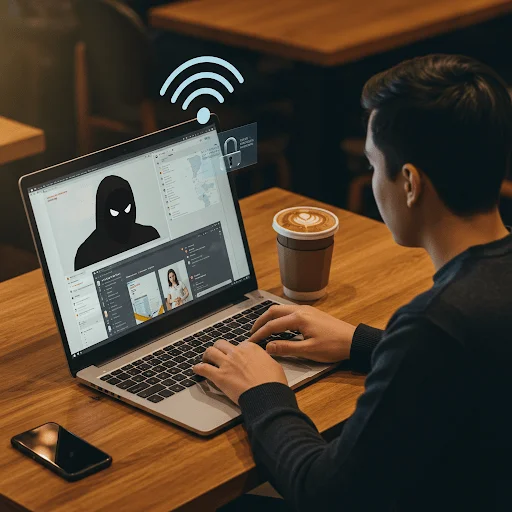
AI illustration of data eavesdropping
Business Email Compromise (BEC): When employees use unsecured public Wi-Fi for work, threat actors can infiltrate business emails and access sensitive company data. BEC attacks allow them to impersonate executives or manipulate financial transactions.
Ransomware Attacks: Threat actors may deploy ransomware through public Wi-Fi, encrypting files on a device and demanding payment for decryption. The lack of security controls on these networks increases the likelihood of infection.
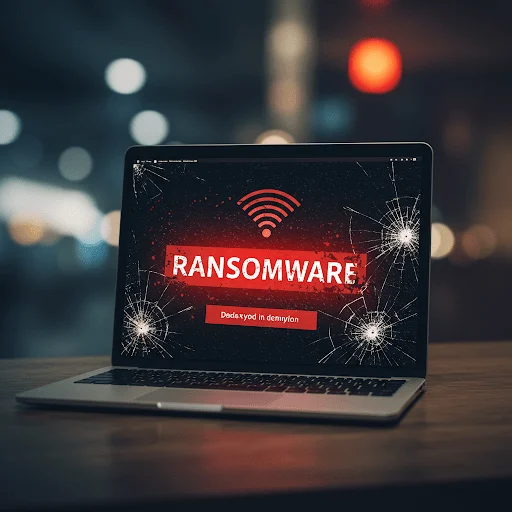
AI illustration of Wi-Fi ransomware attacks
Session Hijacking: Threat actors can take over an active session between a user’s device and a website, gaining unauthorized access to critical accounts.
Credential Theft: If a threat actor acquires login credentials through an unsecured connection, they can compromise multiple online accounts, reset passwords, and steal sensitive data.
Rogue Hotspots: Threat actors create fake Wi-Fi networks with names resembling legitimate ones. Unsuspecting users who connect to these rogue hotspots unknowingly expose their data
to interception
Lack of Encryption: Public Wi-Fi networks often lack encryption, making it easier for threat actors to capture and exploit data exchanged over the network.
How to Protect Yourself on Public Wi-Fi:
- By encrypting your internet traffic, Virtual Private Networks (VPNs) make it extremely difficult for hackers to intercept your data.
- Do Not Log Into Accounts Containing Sensitive Information: When using public Wi-Fi, do not log into accounts that contain sensitive information, such as banking, email, or others.
- When using a public Wi-Fi network, disable file sharing and any other sharing options.
- Install 2FA (2-Factor Authentication): With two-factor authentication (2FA), your accounts are still safe even if someone gets their hands on your password.
- Stay up-to-date with your software and antivirus: Always apply the latest security patches by updating your operating system, programs, and antivirus software on a regular basis.
- Websites with a Trust Seal: Verify that the websites you visit use HTTPS security.
Conclusion
Laptop users should be mindful of the hidden dangers that come with using public Wi-Fi networks, despite their evident convenience. The risks, which range from ransomware attacks to identity theft, are serious but frequently disregarded. Fortunately, you may greatly lessen your exposure by taking the necessary measures, including as utilizing a virtual private network (VPN), activating two-factor authentication (2FA), and maintaining software updates.
You can safeguard your firm from cyberattacks with the help of real-time Cyber Threat Intelligence provided by services like SOCRadar. With their cutting-edge monitoring tools, you can stay ahead of hackers at all times, regardless of your connection. You may use public Wi-Fi without compromising the security of your sensitive data if you are careful and use the correct tools.
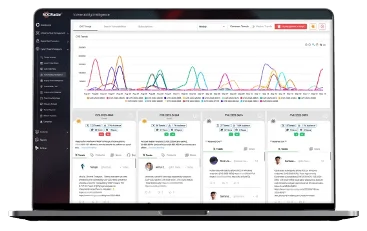
SOCRadar Cyber Threat Intelligence Screen Shot
For more information about SOCRadar’s monitoring and XTI products help mitigate cybersecurity risks, sign up use for free.





























